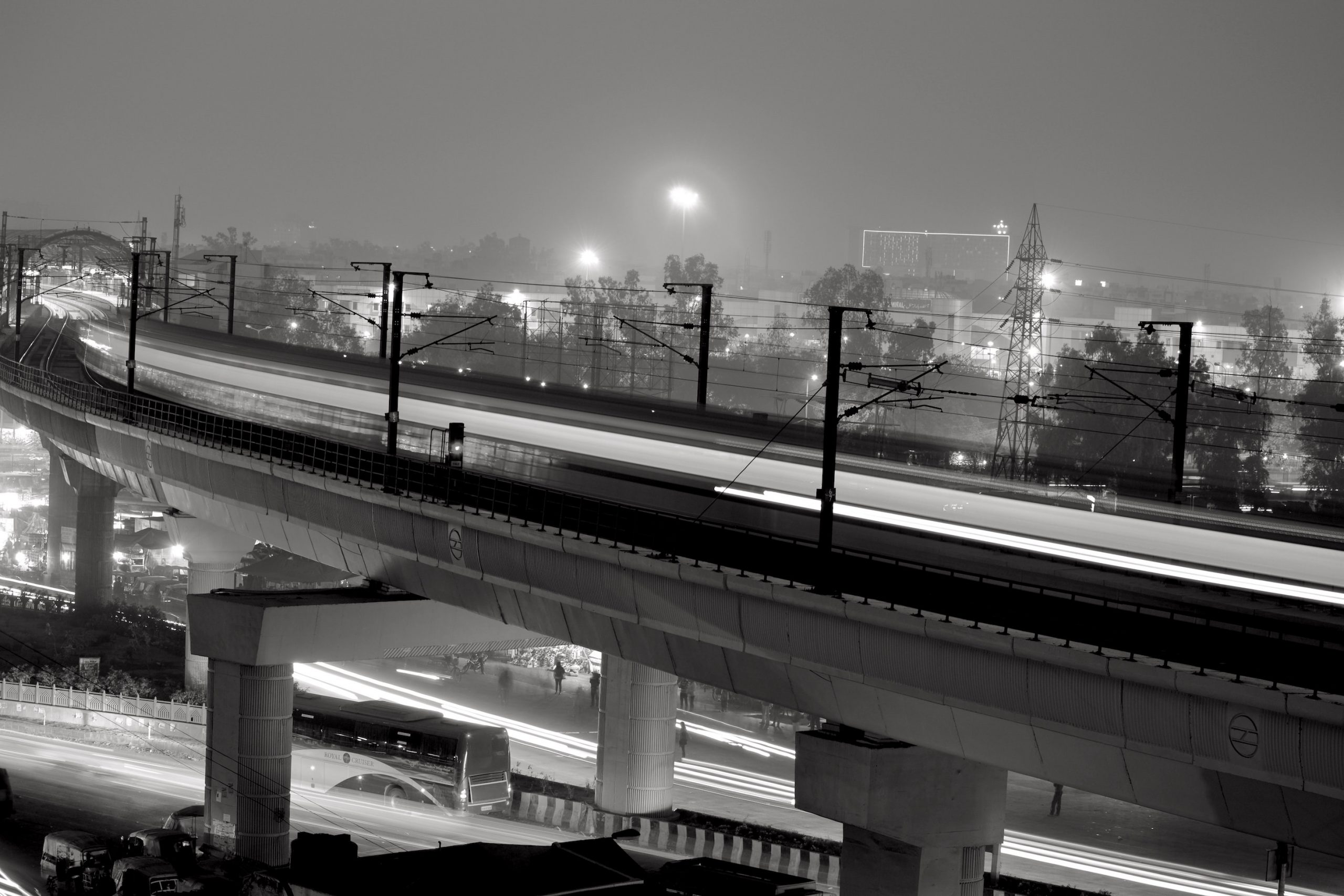Southern China is experiencing a once-in-a-century transformation. The change will be societal. The transition will be economic. The outcome will forever alter the fortunes of the internationally important, globally connected economic zone. And now, there is a catalyst.
The opening of Hong Kong’s high-speed rail, officially known as the Guangzhou-Shenzhen-Hong Kong Express Rail Link, marks an exciting turning point in the city’s history. The railway reduces the travel time between Hong Kong and Shenzhen from 50 minutes to 14 minutes while a journey from Hong Kong to Guangzhou will be a 48-minute journey. It is one of the many major infrastructure projects within the strategic development of a Southern China economic powerhouse – the Greater Bay Area.
The Greater Bay Area comprises nine cities in the Guangdong Province and two special administrative regions—Shenzhen, Guangzhou, Foshan, Dongguan, Zhuhai, Zhongshan, Huizhou, Zhaoqing, Jiangmen, Hong Kong and Macau.
At present, the area is served by 1,640 km of intra-regional and intercity trains. Upon completion of the ten railway projects currently under construction, the total length of this network will reach 2,370 km. These tracks will connect the Greater Bay Area with the rest of the mainland via the cross-country high-speed railway network. The Hong Kong section of the high-speed rail, along with other infrastructure projects, will therefore open up a plethora of opportunities.
To be clear, the Greater Bay Area is not new. It has always existed as a city cluster geographically. The economic integration of the cities has been going on for at least a decade or two and was previously known as the Greater Pearl River Delta.
The difference is that there is now stronger policy support and infrastructure in place to expedite the integration. Along with the Belt and Road Initiative, the development of the Greater Bay Area is a major initiative driven by the PRC Government and supported by the Hong Kong, Macau and Guangdong local governments.
Domestically the Greater Bay Area is already considered a pioneering city cluster. It takes up only 0.6% of land and makes up 5% of the total population in China but accounts for 12% of the country GDP, surpassing the economic efficiency of the two other major city clusters in China—Jing Jin Ji and Yangtze River Delta.
Globally it has all it needs to be the world’s largest bay economy. Compared with the world’s three largest bay areas, New York, San Francisco and Tokyo, it is already the largest in the world in terms of land area and population. The area has two world-class financial and technology hubs—Hong Kong and Shenzhen—as well as highly rated airports and seaports. But the gap lies in its GDP per capita, which is significantly lower than the Big Three. Eighty to 90% of the GDP of these cities comes from the tertiary sectors while the proportion of tertiary industries in the Greater Bay Area is just over 60% of the economy.
The Greater Bay Area needs to boost its tertiary industries across all cities in order to enter the next phase of its economic development. High value-added industries have long been clustered on the East coast. Some cities in the Western coast, such as, Zhaoqing, Jiangmen, and Zhongshan are still dominated by middle-to-low end manufacturing industries.
One of the goals of the large infrastructure projects is to bridge the economic gap of the East and West coast. These developments will facilitate a higher flow of people and goods across the region. The Hong Kong-Zhuhai-Macao Bridge will form a ‘tourism triangle’, enticing visitors to embrace Hong Kong’s shopping paradise, Macao’s casinos and Zhuhai’s scenic attractions. Another influential development is the Shenzhen-Zhongshan Bridge, which upon opening in 2024 will see the commuting time between Shenzhen and Zhongshan reduce from two hours to 30 minutes. Zhongshan and Zhuhai will also benefit from spill-over residential and commercial demand from its highly developed neighboring cities, Hong Kong, Shenzhen and Guangzhou.
The opening of the high-speed rail, connecting Hong Kong, Shenzhen, Guangzhou and the rest of mainland China, is just one of the indicators that the Greater Bay Area is positioned to become an powerful economic hub.
Among the top 200 largest office occupiers in Hong Kong, CBRE Research found that 121 of them, or 61%, already have an office in the Greater Bay Area. This is compared with 173 in Shanghai and 151 in Beijing, two traditional and well-established commercial districts in China.
With the Greater Bay Area being a relatively new region, this number shows that many corporations already understand the business opportunities offered by this region. With the Greater Bay Area development framework in place, many occupiers have indicated interest in expanding their footprint in the area. This offers unprecedented potential for many businesses with ambitions to tap further into mainland China.







